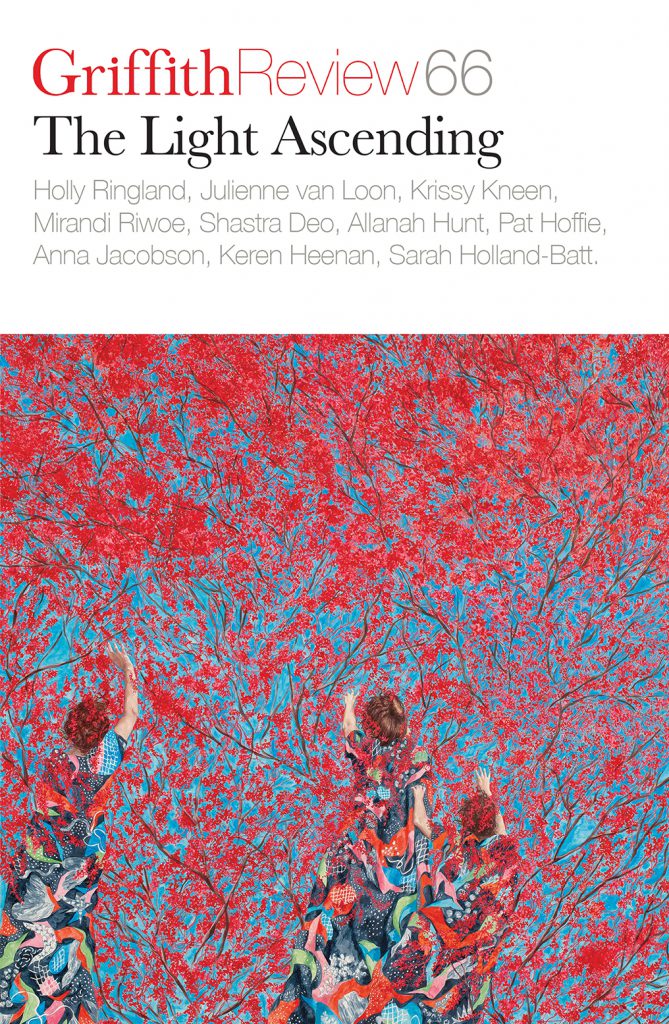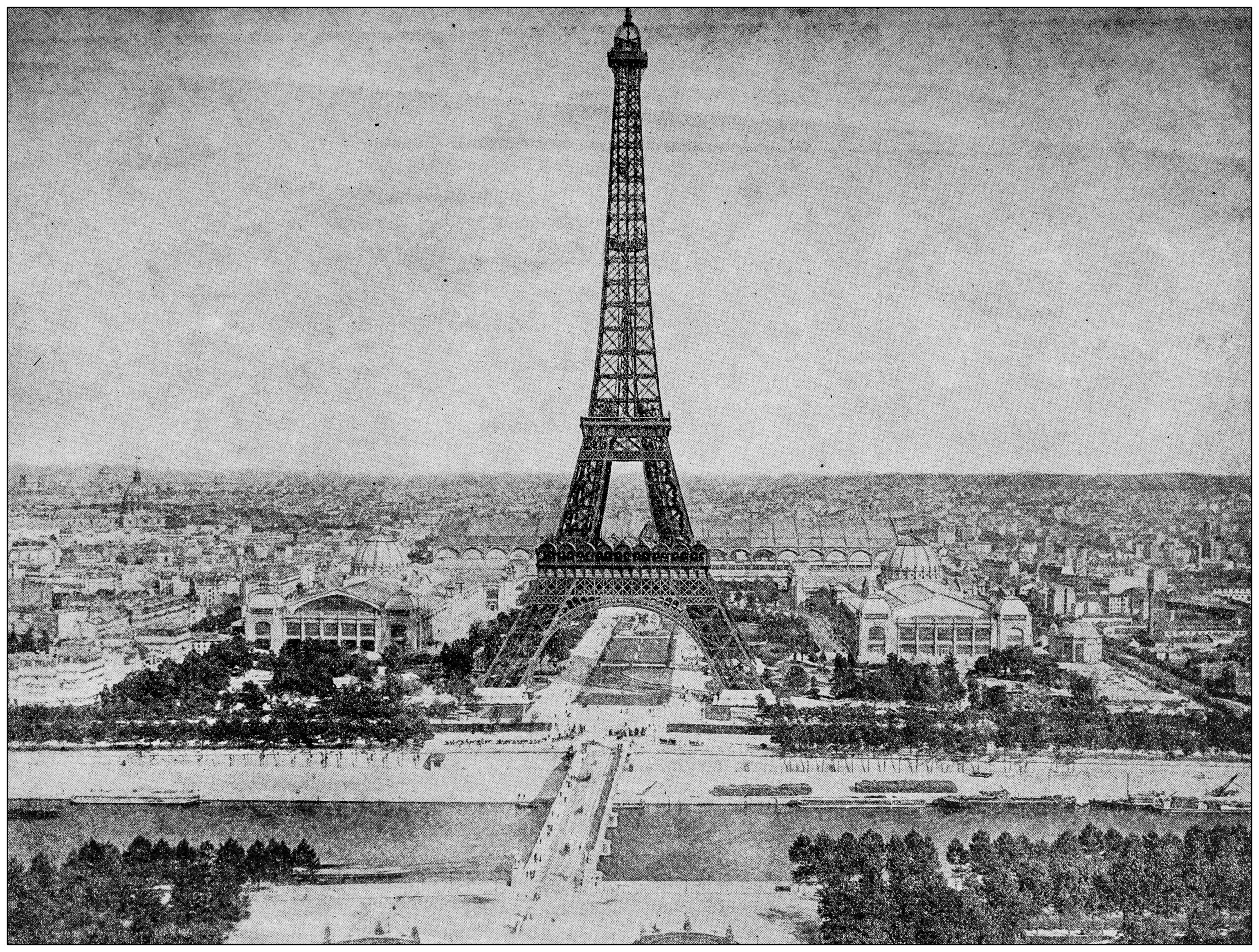Speaking for ourselves: 1997–2007
A special series in celebration of the International Year of Indigenous Languages
Featured in

- Published 20191105
- ISBN: 9781925773804
- Extent: 264pp
- Paperback (234 x 153mm), eBook
Aboriginal and Torres Strait Islander readers are advised that this essay contains the names of people who are deceased.
JUST AS THE 1960s outpouring of Aboriginal writing was inspired by America’s civil rights movement and South Africa’s anti-apartheid protests, so too did this political upheaval at home find its way onto the page. Demands for land rights grew increasingly visible in the mid-1960s, and by the early 1970s the Aboriginal Tent Embassy had been erected in the grounds of Parliament House. The writing of the time reflects the corresponding outcry on the streets. The 1980s continued to inspire a writing movement of cultural expression and protest and, when the High Court of Australia passed the Mabo decision in 1992 – recognising Aboriginal rights to land and turning the assumption of terra nullius on its head – our First Nations artists and writers were paying attention. The literature that emerged from these historical events was particularly prolific – and brutally honest. The 1990s began with the residue of this upheaval and the propulsion of Aboriginal recognition politics.
In 1997, the Bringing Them Home report of the National Inquiry into the Separation of Aboriginal and Torres Strait Islander Children from Their Families was published. The Inquiry and its report inspired a series of texts addressing the gulf left by the policy of child removal that was active in Australia between 1910 and 1970. In 1994, one in every ten Aboriginal people aged over twenty-five reported to the Australian Bureau of Statistics that they had been removed from their families in childhood, a figure confirmed by research conducted since the Bringing Them Home report. Australia-wide, those directly affected by these removal policies number in the tens of thousands. In 1996, Doris Pilkington Garimara’s second autobiographical book, Follow the Rabbit-Proof Fence (UQP), recounted her family’s harrowing story of forcible removal during the 1930s.
The written word has, in many ways, filled in the gap for those who don’t have intact mother tongues, or the oral histories of their family lines; for those whose families are scarred by being removed from ancestral homes, parents and grandparents. The power of the written voice became particularly visible in the late 1990s in mainstream film, television, songwriting, poetry, children’s and young adult books, fiction, life writing and other non-fiction.
Wiradjuri woman Dr Anita Heiss summed up this flourishing literary landscape in an interview a decade ago:
Our writers sit down with a purpose, they use writing as a form of catharsis, they use it as a means to make sure that their voice has a place in Australian literature, they use their writing as a means of having a political voice in a country where we still remain voiceless in a political system, where the arts are the only political platform we have. There is a distinct purpose of getting a story written down, of having a political place in this country, of making sure we have our own self-representation – because for two centuries people have been representing us in Australian literature, it’s about saying hang on, this is how we are, this is who we are, this is how we view ourselves and these are our aspirations regardless of what you think.
In 1997, Archie Roach released his third studio album, Looking for Butter Boy. The same year, Alexis Wright’s brilliant and evocative debut novel Plains of Promise (UQP, 1997) was published alongside her non-fiction work Grog War (Magabala Books, 1997), about the fight for an alcohol-free day in Tennant Creek. The latter is a work of great literary prowess, and narrates the enormity of community leadership against backward government bureaucracy.
Melissa Lucashenko also published her first book in 1997, Steam Pigs (UQP), which was followed by Killing Darcy (UQP, 1998), Hard Yards (UQP, 1999) and Too Flash (UQP, 2002). These are formative books, brilliantly conceived and executed in Lucashenko’s trademark conversational style – but as she’s said in interviews, it wasn’t until much later that she fully realised the power of her own fiction with Mullumbimby (UQP, 2013).
In the late 90s, Dr Anita Heiss was producing social commentary and satire in her books Token Koori (Curringa Communications, 1998) and Sacred Cows (Magabala Books, 2000). She has gone on to become our nation’s greatest authority on First Nations storytelling.
In 1998, Rachel Perkins directed Radiance, and Muruwari woman Jane Harrison’s Stolen (Currency Press), a play about intergenerational trauma, won critical acclaim and subsequently toured internationally. Ruth Hegarty won the 1998 David Unaipon Award for an Unpublished Indigenous Writer and went on to publish Is That You, Ruthie? (UQP, 1999), a watershed memoir about growing up on Cherbourg Aboriginal Settlement in the years after the Depression. That same incredible year, Birri-Gubba and Kunggandji man Boori Monty Prior published the young adult novel Maybe Tomorrow (Magabala Books, 1998) with Meme McDonald.
Noongar man Kim Scott’s second book, Benang, was published in 1999 by Freemantle Arts Centre Press; the year after, Scott became the first Aboriginal author to win the most prestigious literary prize in Australia: the Miles Franklin Literary Award.
In the year 2000, Munanjali and Birri-Gubba man Samuel Wagan Watson published his scalding debut collection of poetry Of Muse, Meandering and Midnight (UQP), and followed it with 2004’s Smoke Encrypted Whispers (UQP). Samuel Wagan Watson is the son of Sam Watson, a community leader and author of The Kadaitcha Sung (Penguin, 1990).
Kamilaroi woman Vivienne Cleven’s manuscript Bitin’ Back won the David Unaipon Award in 2000; the novel nimbly blends rollicking humour with gender issues and the realities of small-town prejudice and racial intolerance. It was published by UQP in 2001 and later became a successful stage play.
Gunditmara poet and playwright Richard J Franklin wrote the plays Conversations with the Dead (2002) and Walkabout (2005), and his young adult book Digger J Jones (Scholastic Press) was published in 2007. It tells the story of eleven-year-old Digger in 1967: the year of the Australian referendum for Aboriginal equality.
Meriam and Gu-Gu Yimidir man John Harding’s play Up the Road, written in 1997, was included in the 2002 collection Blak Inside (Currency Press) along with works by Tammy Anderson, Richard J Franklin, Jadah Milroy, Tracey Rigney and Maryanne Sam.
There were many other significant literary achievements in 2002. Wiradjuri man and acclaimed journalist Stan Grant published his childhood memoir, The Tears of Strangers (HarperCollins). Robert Lowe told the touching and humorous story of his childhood at Framlingham Aboriginal Mission Station in The Mish (UQP). Leah Purcell wrote Black Chicks Talking (Hodder Headline), a non-fiction book featuring nine young Aboriginal women, all successful in their various professions, telling their stories to Purcell – a singer, songwriter, actor, choreographer, director, playwright and novelist. Gamilaroi man Ivan Sen’s debut feature film, Beneath Clouds, was released in 2002. Sen went on to write the film Mystery Road in 2013, which became an acclaimed television series in 2018.
In 2003, Stephen Kinnane wrote the moving biography Shadow Lines (Freemantle Arts Centre Press), the story of his grandparents. The book remains essential reading for West Australians. The same year, Fiona Doyle – a Mbaiwum woman from Thursday Island in the Torres Strait – won the David Unaipon Award for Whispers of This Wik Woman, an absorbing and personal account of Wik activist Jean George Awumpun. The book was published by UQP in 2004 and offers a rare understanding of Aboriginal identity and traditional land.
Eualeyai and Kamillaroi political commentator, lawyer and writer Larissa Behrendt’s memoir Home was released in 2004 (UQP). Poet Yvette Holt won the David Unaipon Award in 2005 with her manuscript Anonymous Premonition (UQP, 2008). This was also the year Nukunu man Jarod Thomas published Sweet Guy (IAD Press, 2005), the first of his many young adult novels featuring Indigenous characters. The same year, Stephen Hagan published The N Word (Magabala Books, 2005), which documented his journey to the United Nations to remove the word ‘nigger’ from a sign at a Queensland sports ground. Bundjalung artist of the Djanbun clan Bronwyn Bancroft published her seventh book in 2005, but her first as both writer and illustrator: An Australian ABC of Animals (Little Hare Books).
In 2006, Koori man and academic Tony Birch published his first work, the short story collection Shadowboxing (Scribe). In the years since, Birch has published several more short story collections and novels with UQP and Hunter Publishers.
In 2007, mother and daughter writers and community activists Elizabeth and Wandihnu Wyamarra published their beautiful children’s book about searching for belonging, Wandihnu and the Old Dugong (Magabala Books). The same year, Minjeribah man Wesley Enoch’s plays Black Medea and The Story of the Miracles at Cookie’s Table were published by Currency Press. Bunurong, Yuin and Palawa man Bruce Pascoe published Convincing Ground: Learning to Fall in Love with Your Country (Aboriginal Studies Press, 2007), a masterful and fascinating foundation for his future bestsellers.
The genre and stylistic variety of these Aboriginal writers is to be celebrated. These artists understand the need for us to write about ourselves, knowing that the more we are read about and made visible, the better we are able to contribute to the cultural fabric of the Australian story and reclaim a sense of belonging in our own country. This decade remains crucial – we were speaking so much. We were speaking for ourselves.
Share article
More from author

Can you hear me now?: 2008–2018
In particular, there was a great recognition of female Aboriginal writing – we had this possibility of being able to imagine ourselves as Alexis Wright, for our work to be read widely and for our stories to have a global impact. A major anthology of our literature was available in bookshops and featured in curriculums throughout the country.
More from this edition

Orison
PoetryThree days later, we bought a Newton’s cradle. Put it on the table, and heartsick, tried to click click click our way out of it. But there are...

Annah the Javanese
FictionPol drags the chair near, steps up onto it to hammer a nail into the wall above the mantelpiece. He squats to lift a painting of a woman seated in a rocking chair. As he attaches it to the wall, Annah steps back, enraptured by the languid lines of the woman, her black hair, her cinnamon skin, which is the same shade as Annah’s own. The woman’s dress is as red as a nutmeg’s lacy mace. Her bare foot reaches from beneath its folds.

On ‘Kurlumarniny’ and ‘Yijarni’: Two books in language
GR OnlineAboriginal and Torres Strait Islander readers are advised that this essay contains the names of people who are deceased. Monty Hale (Minyjun), Kurlumarniny: We come from the desert, edited...